Description
**Must Know Medicine – The Ultimate OPD Companion** is a practical guide designed to assist healthcare professionals, especially those working in outpatient departments (OPDs), in diagnosing and managing common medical conditions. It aims to consolidate essential knowledge in a concise format for quick reference, making it invaluable for doctors, medical students, and clinicians working in high-paced environments like OPDs.
While a full “Ultimate OPD Companion” would be comprehensive, here is a condensed version, breaking down key topics that you should know and have at your fingertips during patient consultations:
—
### **1. Approach to the Patient**
– **History Taking**: Thorough history is crucial. Focus on:
– Chief complaint (CC)
– History of present illness (HPI)
– Past medical history (PMH)
– Family history (FH)
– Social history (SH)
– Medications and allergies
– **Physical Examination**: Systematic examination is essential, with special emphasis on:
– General inspection
– Vital signs: BP, pulse, respiratory rate, temperature
– Systemic examination based on symptoms (e.g., cardiovascular, respiratory, GI, neurological)
—
### **2. Common Symptoms and Their Differential Diagnosis**
– **Fever**:
– Infections (bacterial, viral, fungal)
– Inflammatory conditions (e.g., autoimmune diseases)
– Neoplastic (e.g., lymphoma)
– Drug-related (e.g., antibiotics)
– Endocrine (e.g., thyroid)
– **Pain**:
– Acute vs. chronic
– Location-based (e.g., chest pain = cardiac, GI, musculoskeletal)
– Radiation of pain (e.g., radiating to left arm in myocardial infarction)
– **Cough**:
– Acute: Viral infections, post-nasal drip, bacterial infections
– Chronic: Asthma, COPD, TB, GERD, malignancy
– **Shortness of Breath**:
– Cardiac: Heart failure, MI
– Pulmonary: Asthma, pneumonia, PE
– Others: Anemia, anxiety
– **Abdominal Pain**:
– Upper: Gastritis, peptic ulcer, pancreatitis
– Lower: Appendicitis, diverticulitis, IBS, ectopic pregnancy
– Diffuse: Gastroenteritis, bowel obstruction
—
### **3. Diagnostic Workup**
– **Blood Tests**:
– Complete Blood Count (CBC): To detect infection, anemia, or malignancy
– Liver function tests (LFTs): Hepatitis, cirrhosis, biliary disease
– Renal function tests (RFTs): Kidney function, electrolyte imbalance
– Thyroid function tests: Hypothyroidism, hyperthyroidism
– HbA1c: For diabetes management
– CRP/ESR: Inflammatory markers for infections or autoimmune diseases
– **Imaging**:
– Chest X-ray: For respiratory symptoms (e.g., pneumonia, heart failure)
– Ultrasound: Abdominal issues, gallbladder disease, renal stones
– ECG: Cardiac complaints (e.g., chest pain, palpitations)
—
### **4. Common Medical Conditions**
– **Hypertension**:
– Diagnosed with repeated high BP readings
– Primary (essential) hypertension is most common
– Secondary hypertension: Consider renal, endocrine, and drug causes
– Management: Lifestyle changes, ACE inhibitors, ARBs, diuretics, calcium channel blockers
– **Diabetes Mellitus**:
– Type 1: Insulin-dependent, usually diagnosed in childhood
– Type 2: Insulin resistance, linked to obesity and lifestyle
– Management: Lifestyle modification, metformin, insulin, other oral hypoglycemics
– Complications: Retinopathy, nephropathy, neuropathy, cardiovascular disease
– **Asthma**:
– Chronic inflammatory disorder of the airways
– Triggered by allergens, infections, exercise, and environmental factors
– Treatment: Short-acting beta-agonists (SABA), inhaled corticosteroids, long-acting beta-agonists (LABA)
– **Chronic Obstructive Pulmonary Disease (COPD)**:
– Progressive airflow limitation, typically from smoking
– Management: Smoking cessation, bronchodilators, inhaled steroids, oxygen therapy
– **Gastroesophageal Reflux Disease (GERD)**:
– Heartburn, regurgitation, and chest pain
– Risk factors: Obesity, smoking, alcohol, pregnancy
– Management: Antacids, H2 blockers, PPIs, lifestyle modifications
– **Osteoarthritis (OA)**:
– Degenerative joint disease, most common in knees, hips, and hands
– Management: NSAIDs, physical therapy, joint injections, surgery if severe
– **Urinary Tract Infections (UTI)**:
– Common in females, especially post-menopausal women
– Symptoms: Dysuria, frequency, urgency, suprapubic pain
– Management: Antibiotics (e.g., nitrofurantoin, trimethoprim-sulfamethoxazole)
—
### **5. Pharmacological Management**
– **Antibiotics**:
– Use based on suspected infection type (e.g., amoxicillin for community-acquired pneumonia, ciprofloxacin for UTIs).
– Be mindful of resistance patterns.
– **Pain Management**:
– Mild pain: Paracetamol or NSAIDs (ibuprofen, diclofenac)
– Severe pain: Opioids (use cautiously due to addiction potential)
– **Antihypertensives**:
– ACE inhibitors, ARBs, calcium channel blockers, beta-blockers, diuretics
– **Diabetes Medications**:
– Oral hypoglycemics (metformin, sulfonylureas), insulin, GLP-1 agonists
—
### **6. Preventive Medicine**
– **Vaccination**:
– Ensure up-to-date vaccinations (e.g., flu, hepatitis, pneumococcal).
– **Screening**:
– Cancer screening (e.g., mammograms, pap smears, colonoscopies).
– Blood pressure and cholesterol monitoring.
– Diabetes screening for at-risk populations.
—
### **7. Patient Education and Counseling**
– **Lifestyle Modifications**:
– Diet (low salt, low fat, high fiber)
– Exercise (150 minutes/week of moderate-intensity activity)
– Smoking cessation
– Alcohol moderation
– **Medication Adherence**:
– Ensure patients understand their prescriptions, possible side effects, and the importance of adherence to therapy.
—
### **8. Red Flags to Watch Out For**
– **Chest pain**: Could indicate MI, PE, or aortic dissection.
– **Severe headache**: Could indicate intracranial hemorrhage or stroke.
– **Unexplained weight loss**: Could suggest malignancy or hyperthyroidism.
– **New onset confusion or change in mental status**: Rule out infection, stroke, or metabolic disturbances.
—
### **9. Key Resources**
– **Clinical Guidelines**: Always refer to the latest national or international clinical guidelines (e.g., NICE, AHA, WHO).
– **Drug Reference**: Use reliable sources like the Lexicomp or the BNF for drug dosages and interactions.
—

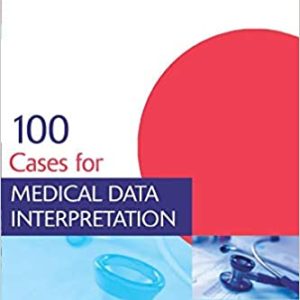
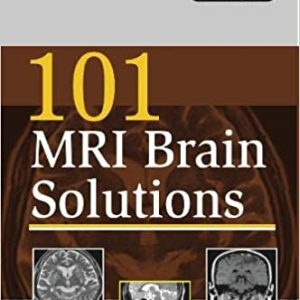
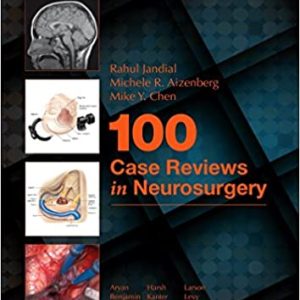
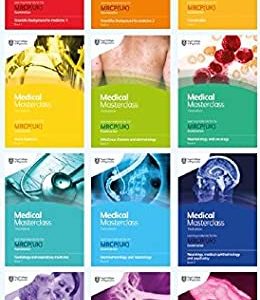
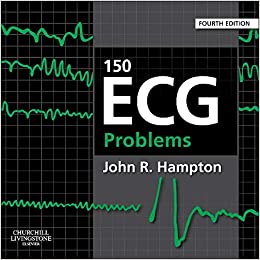
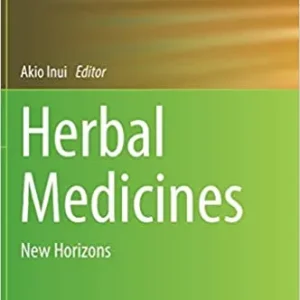
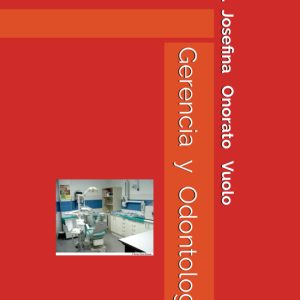

Reviews
There are no reviews yet.